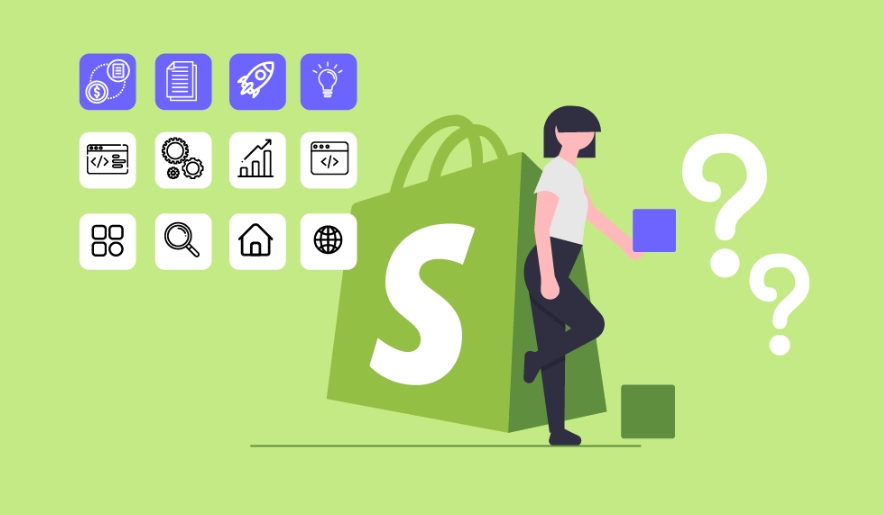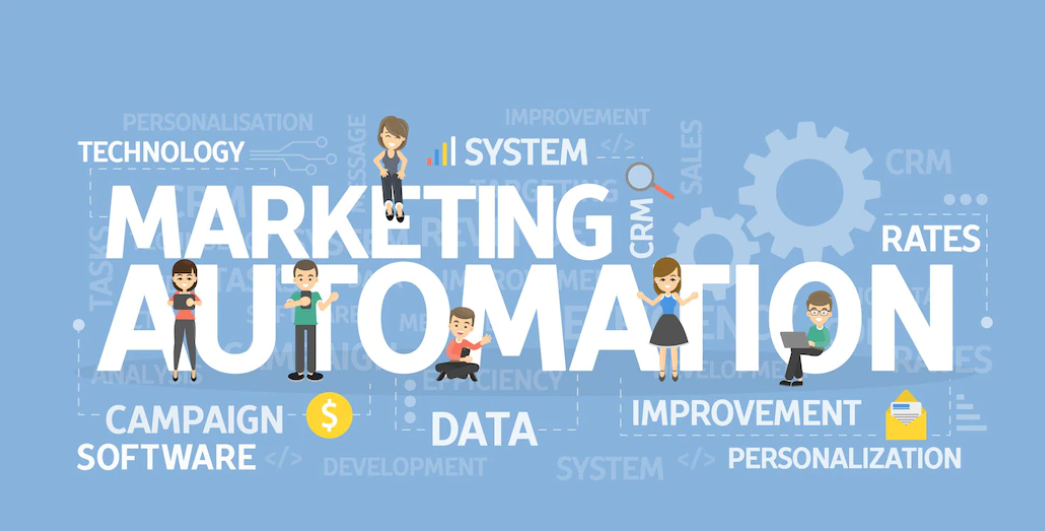Ecommerce Email marketing Automation: How It Works, Benefits, Examples
Marketing your e-commerce business can be difficult, time-consuming, and expensive. You need to find customers, convince them to buy your product, and then follow up with them to make sure they're happy with their purchase. That's a lot of work! And it's easy to miss something in the process.
However, there's a technique that can help: e-commerce email marketing automation. Through automation, you can build a more personal and less time-consuming relationship with your customers.
In this guide, we'll look at email marketing automation in detail: how it works, the benefits it can provide, and some examples of automation workflows you can use in your own e-commerce business. So, let's get started!
What Is E-commerce Email Marketing Automation?
Email marketing automation is the process of using software to automate email-based tasks. This can include anything from sending out automated welcome emails to new customers to following up with customers who haven't made a purchase in a while.
In the realm of e-commerce, email marketing automation can be a powerful tool. It can help you increase sales, grow your business, and improve customer relationships. This leads to more repeat customers and more word-of-mouth marketing for your business.
How Does Email Marketing Automation Work?

Email marketing automation works by triggers. A trigger is an event that sets the automation process in motion.
For example, a trigger can be: "When a customer makes a purchase, send them a 'thank you' email within 24 hours." In this trigger, the event is a customer making a purchase. The action is the automated sending of a thank-you email.
Another trigger example is this: "If a customer hasn't made a purchase in 60 days, send them a 'we miss you' email." In this trigger, the event is a customer not making a purchase for 60 days. The action is the automated sending of a "we miss you" email.
As you can see, email marketing automation can be used to automate all sorts of different email-based tasks along the customer journey. This can save you a lot of time, money, and effort in the long run.
Benefits of Email Automation for Ecommerce
There are many benefits to using email marketing automation in your e-commerce business. Some key ones include:
1- Increased Sales
Automation can help you increase sales by sending targeted emails to customers at key points in their journey. For example, you can send automated "abandoned cart" emails to customers who have items in their shopping cart but haven't completed their purchase. These emails can be highly effective in converting leads into paying customers.
2- Improved Customer Relationships
Automation can help you build better relationships with your customers by empowering you to send more personalized and relevant emails to customers and their needs. As a result, customers are more likely to engage with your brand and make repeat purchases.
3- Greater Efficiency
Automation can help you save time and be more efficient in your email marketing since you’ll automate tasks that would otherwise be done manually, such as sending follow-up emails or welcome emails. Automation can also help you avoid human errors, such as forgetting to send an email or sending an email to the wrong person.
4- Increased ROI
Automation can help you get more bang for your buck from your email marketing campaigns because it enables you to send targeted emails to customers who are more likely to engage with your brand. As a result, you'll see a higher return on investment (ROI) from your email marketing campaigns.
Examples of email marketing automation for ecommerce
Now that we've covered how email marketing automation works and its benefits, let's take a look at some specific examples of automation workflows you can use in your e-commerce business.
-
Abandoned Cart Email Workflow
One of the most common email marketing automation workflows is an abandoned cart email workflow. This workflow is triggered when a customer places an item in their cart on your website but fails to complete their purchase.
In this workflow, you can send a series of emails to try and encourage the customer to complete their purchase. This automation workflow can help you recover lost sales and potentially convert leads into customers.
-
Welcome Email Workflow
Another common email marketing automation workflow is a welcome email workflow. This workflow is triggered when a new customer signs up for your email list or makes their first purchase on your website.
In this workflow, you can send a series of emails to welcome the customer to your brand and introduce them to your products or services. This automation workflow can help you build better relationships with your customers and make more sales in the long run.
-
Customer Retention Email Workflow
You may also want to consider a customer retention workflow. This type of workflow is triggered when a customer has not made a purchase in a certain period, such as 90 days or six months.
Alternatively, you can also trigger this workflow when a customer has made a certain number of purchases, such as three or five.
This automation workflow is designed to get in touch with the customer, remind them about your products or services, and encourage them to make another purchase.
It can be highly effective at preventing customers from falling out of the bottom of your sales funnel.
-
Upselling/Cross-Selling Email Workflow
Lastly, a further workflow you could explore is an upselling or cross-selling email workflow. This type of workflow is triggered when a customer makes a purchase on your website.
In this workflow, you can send a series of emails to try and encourage the customer to buy related products or services. For example, in your follow-up emails, if someone buys a pair of shoes from your website, you may want to offer accessories, such as socks or shoe polish.
This automation workflow can help you increase the average order value of each customer and maximize your sales potential.
The Takeaway
Email marketing automation is a powerful tool that can help you boost your e-commerce sales. By automating repetitive and time-consuming tasks, you can free up your time to focus on more important tasks, such as developing new products or marketing your business.
There are a number of email marketing automation workflows you can use in your e-commerce business, such as abandoned cart emails, welcome emails, customer retention emails, and upselling/cross-selling emails. By implementing these workflows, you can improve your customer relationships, boost sales, and increase your ROI.
A tool like Converted.in will help you to Build and customize personalized email marketing campaigns effortlessly to increase your ROI.

